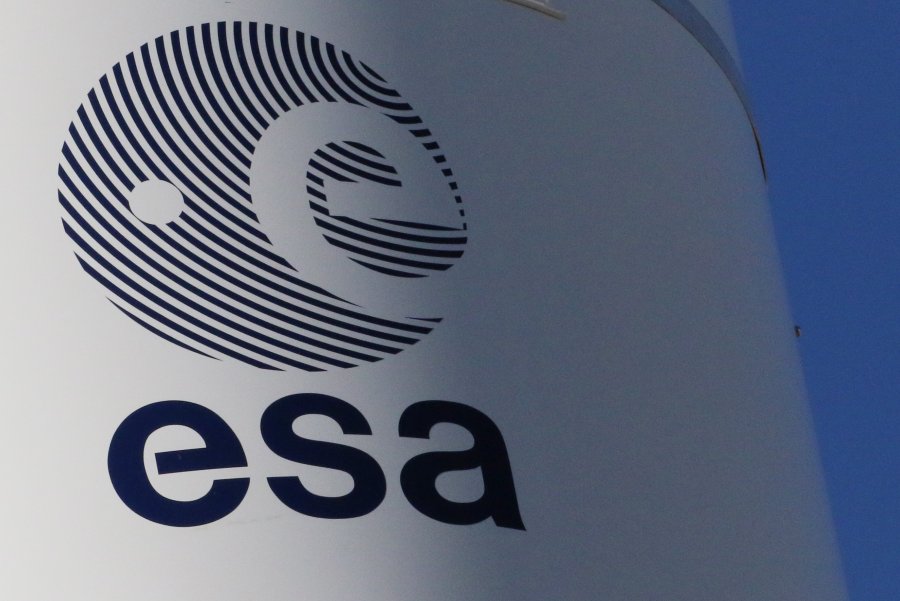On December 5, the European Space Agency (ESA) successfully launched two innovative spacecraft from India, designed to operate in tandem and create an artificial solar eclipse from their position in space. This ambitious mission is conducted in collaboration with 14 ESA member states, showcasing a significant step towards advanced autonomous systems for managing and maneuvering in orbit. The crafts were launched on a Proba-3 rocket from the Satish Dhawan Space Center in Sriharikota, with the ESA highlighting the importance of this project as part of their effort to explore pioneering technological advancements in space exploration.
The Proba-3 mission has been years in the making, receiving support through ESA’s General Support Technology Program, which emphasizes the development of novel technologies for space. As stated by Dietmar Pilz, ESA’s director of technology, engineering, and quality, the launch marks an exciting milestone in space exploration and a commitment to pushing the boundaries of what can be achieved in orbit. The dual spacecraft are intended to fly in a carefully coordinated formation that mimics a single, larger spacecraft, a feat that requires precise engineering and technological innovation.
With the launch successfully completed, Proba-3’s mission managers, led by Damien Galano, face a set of critical challenges that lie ahead. Achieving the mission goals necessitates positioning the two satellites with remarkable precision, requiring accuracy down to the thickness of the average fingernail while maintaining a distance equivalent to one and a half football fields apart. This extremely high level of precision highlights the advanced capabilities that the mission aims to demonstrate, including autonomous control and the ability to perform complex maneuvers in the challenging environment of space.
The mission’s significance is amplified by the involvement of NewSpace India Limited. Radhakrishnan Durairaj, the chairman and managing director of the agency, expressed pride in contributing to an ESA mission that underscores international collaboration in space exploration. The integration of six solid rocket boosters played a pivotal role in propelling the spacecraft into orbit, reflecting the collaborative engineering efforts between countries and organizations working together to expand our understanding of space capabilities.
Once operational, the Proba-3 satellites will travel to a highly elliptical orbit, ranging from as close as 373 miles from Earth to an impressive 37,612 miles away. This wide-ranging operational envelope will allow for extensive testing and research capabilities, fostering a better grasp of the environmental conditions and potential challenges faced at different altitudes. The ability to simulate an eclipse through the orchestration of these two craft could provide valuable insights into solar phenomena and may even have implications for future space missions that utilize similar technologies.
In summary, the successful launch of Proba-3 marks a pivotal moment for the ESA and its member states, pushing the frontiers of autonomous space operations. As the spacecraft move into their next phase of operational readiness, the results of this mission may pave the way for future collaborative projects, enhance our capabilities in precise space maneuvers, and contribute to the ongoing exploration of solar activity and its impacts. The blend of innovative technology, international cooperation, and ambitious exploration objectives encapsulates the spirit of modern space endeavors, reinforcing the notion that with determination and collaboration, new milestones can be achieved in the pursuit of knowledge beyond our planet.

